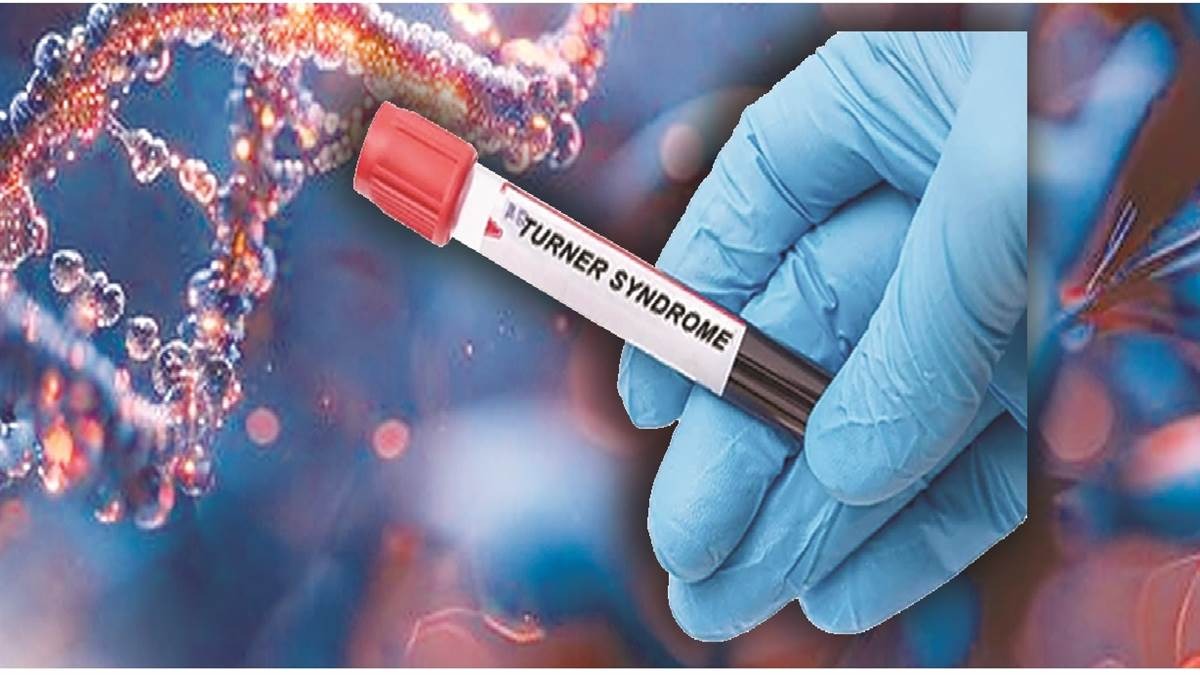
There is an amazing resemblance between famous American actors Bonnie Pinto, Bacon Sisk, Karen Duffy, Nicole Anderson and English actress Emilia Clarke who won gold medal during the Winter Olympics in 2014 and bronze medalist Lizzy Yarnold of 2018. They all have no family ties to each other and are all infertile, but still have a close genetic connection.
Hot sexual (genetic) similarity
These beautiful women bear a striking resemblance to an Iron Age woman who neither became a young woman nor began her menstrual ritual until she was 18-22 years old. This woman died in England between 750-400 AD, but her skull was discovered in the twentieth century. What is the hot sexual (genetic) similarity between all these beauties?
According to an international research published on 11 January 2024 in the leading science journal Communication Biology, scientists have announced a new technological breakthrough. Through this technique, now the DNA of ancient bones or skeletons can be used to estimate the chromosomes of the actual skeletal remains. Among the ancient bones and skeletons they studied using this technique was also a skull (number C10090/CH163). The skull was one of the bones found during excavations at the ancient burial site of Charterhouse Warren, a small village in the Somerset region of southwest England. The site was excavated between 1972-76 and 1983-86 but the skull has been studied now. Its study revealed that the skull belonged to a woman who suffered from congenital sexual dysfunction. This disease (disorder) is now called ‘Turner Syndrome’. This 2500-year-old disease was affected by this congenital sexual disorder (congenital sexual disorder) and now famous actors, models and Olympians shown above are also affected – it is mutual sexual uniformity of all of them! What is this ‘Turner Syndrome’ that has been happening to women for 2500 years? What are its symptoms? Can it be prevented or if it happens, is there any cure for it?
This syndrome has different names in different countries
Turner syndrome, a congenital disorder, was first described as a unique entity by an American doctor, Henry Turner, in 1938. It is now known only by his name. In Russia it is also called ‘Shrushevsky-Turner’ syndrome because the Russian doctor Shrushevsky also described the disorder in 1925. In many places in Europe it is also called ‘Ullrich-Turner’ syndrome. The syndrome was described by doctor ‘Ernst Funke’ of England in 1902 and doctor ‘Otto Ulrich’ of Germany in 1930, but now this disorder is commonly associated with Turner syndrome.
Symptoms of Turner Syndrome
This disorder occurs only in women. Girls suffering from this disease are shorter than normal in height and the hairline extends up to the neck. Their breasts do not develop like normal women and the chest remains broad like a shield. These girls also do not develop the sex characteristics seen in women during adolescence. They usually do not menstruate and are always infertile. High blood pressure and kidney problems are also seen in such women. Some women also get swelling in their bodies.
identification and prevention
Chromosomes are checked by doing a special blood test. Girls who suspect having this disease should get their chromosomes checked, because timely confirmation of the disease can help them live a normal life to a great extent. Like America and England, there are examples in India too, where timely diagnosis of this disorder can help lead a normal life to a great extent. According to the news published in the newspaper ‘Times of India’ on 30 August 2018, 40-year-old woman Pinky Bahrus, who is a school teacher and looks just 13 years old, is living a successful life despite being affected by it and has also written a book on her autobiography. It can be known during pregnancy itself whether the child to be born will be a patient of Turner syndrome or not. For this reason, expert advice is very useful for identification, prevention and treatment of congenital diseases.
Distortion is the root cause
In 1959, English doctor Charles Ford and his colleagues proved that this disorder is caused by the lack of a chromosome. The human body is made up of millions of tiny cells and each cell has 46 chromosomes. Chromosomes are like fine threads and they contain all the information about the human body. These chromosomes control all the functions of the cells and the body from the beginning of conception to the death of a human being. Out of the 46 chromosomes present in each cell of a normal woman, two are sex-determining chromosomes called X chromosomes. In women with Turner syndrome, these two X chromosomes are replaced by only one X chromosome. Due to this, all their cells have only 45 chromosomes instead of 46 and this deficiency causes all the defects.
Treatment
If the disorder is diagnosed in childhood, treatment with hormones can cause these girls to develop sexual characteristics in adulthood. Plastic surgery can also be performed in some women but there is no cure for infertility because these women do not have testicles.





